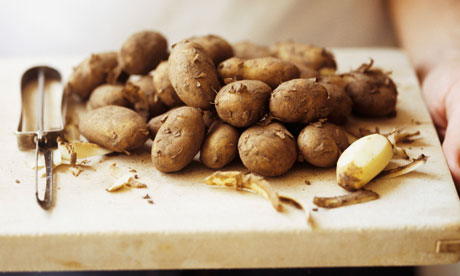The initial idea I had when began this exam project was to look into the theme of propaganda. I began by looking into the context of Soviet Propaganda in the 1930s, looking at the ‘Contrustivist Movement’, of artists such as Alexannder Rodchenko and Dziga Vertov. Although I enjoyed learning about these art-works and the context behind them, both of which I found fascinating, I decided in the end that exploring Soviet Propaganda as a response would be too difficult in the amount of time I had, the main reason being that the techniques used in the work was extremely complex and would require hours of work to get right, which I simply did not have.
Therefore I branched away from Soviet/Political propaganda, looking more into the theme of consumerism and commercial advertising. In the process I read a few documents looking effectively into how advertising really started to develop in the early 20th Century, fueled greatly by events such as WWI and the social consequences this created for the 1920s. I learned in the process about the clever way advertising is made the effectively persuade a viewer to development an interest in a product through playing on their mindset and emotions, in a very similar way to current and growing political propaganda trends.

In developing upon this research, I then looked into modern advertising, in particular television commercials, researching the different techniques they use. Specifically I looked into the role of photography in such a category , both through how photographs themselves have served as a tool for advertising, as well as on the other side of the coin, looking into how modern photographers such as Martin Parr have attempted to challenge this very role through ironic photographs which mimic and satirize such a theme. The process of this research gave me the core principle of my overall theme.


In doing so I started to reconsider the core principle of this exam theme, looking into ‘Truth, Fantasy or Fiction’. I wrote a few blog posts looking into the view of all of these themes, in particular the many contrasts, and indeed in some cases, links between the themes of truth and fiction. It lead me considering a debate along the lines of two different questions; firstly can the style of photography affect how truthful it is? and secondly, how do you distinguish what is truthful and what is not?
I got the idea to link this concept to the theme of local food produce in Jersey. Jersey produce such as the ‘Jersey Royal’ Potato, Lobster and Milk is not only celebrated within the Island community, but also seen in the UK as classic British produce. Furthermore, the Jersey cow and Potato is celebrated the world over, and Jersey cattle is one of the largest cattle exports in the world. With all of this prestige as so often expressed in advertising campaigns through the likes of ‘Genuine Jersey’, thought it might be a good idea to tackle and perhaps challenge this theme. Although it is clear that Jersey produce is of excellent quality, I thought it might be interesting to question and challenge the extent of this view.


Through this I decided to create a series of images to open the debate over whether local produce is in fact deserving of such a high status, or whether it is just a great deal of over-exaggeration and hype? I thought this topic might be somewhat controversial be Jersey produce, such as an integral part of Jersey’s cultural history, is rarely criticized, even remotely.
As I started to consider both sides of this argument, I was drawn to two different documentary photographers with very different styles of photography and equally different intent of exploring the theme of advertising, these photographers were Henk Wildschut – Food, and Martin Parr – Common Sense. Whilst Wiildschut’s intent in the series Food (set in a mass meat-production factory) is do document in a very candid way the raw details truth behind what goes on close doors to process food, Parr’s ‘Common Sense’ series looks more into the language of advertising, subverting and satirizing this classic style to show food in a far less complimentary light. Effectively both photographs through their work serve to challenge the whole industry of food, Parr commercially, and Wildschut ethically. In direction and style however both photographers are extremely different, and their styles in very ways serve to contradict the other.


I thought it would therefore be interesting to undergo a study whereby I attempt to copy the style of both photographers. I decided to do this through; firstly visiting farms and documenting what I see in a Wildschut-like way; and secondly including a Parr influence by visiting the local market, supermarkets and generally photographing food items close-up, both to make them look attractive as well as vulgar. The resulting images of this series are a mixture of both.
Throughout I have continued to re-evaluate the concepts of ‘Truth, Fantasy and Fiction’ – completely I few blogs posts directly this study in the context of researching Parr and Wildschut, of which the general understanding I got was that Parr’s images were more along the lines of Fantasy/Fiction, whilst Wildschut’s were more along the line of Truth. In addition, I did some evaluation of my own work in comparison to these themes.
